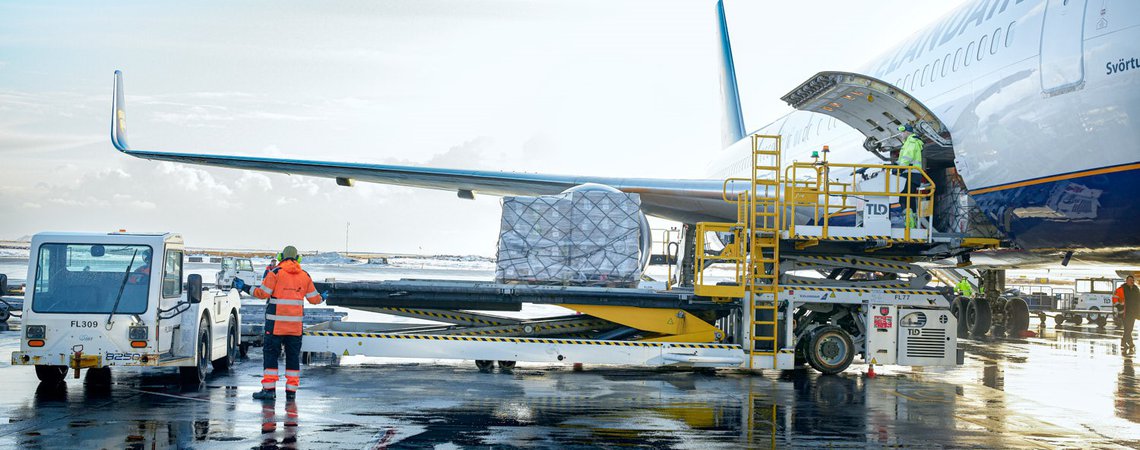Import has been strong during the pandemic but the main markets are in Central Europe. As before, perishables, spare parts, fashion goods, and e-commerce are a big part of the import operation. Pharma and medical transport have also been increasing during Covid as, for example, vaccines and other medical equipment.
In 2021, Icelandair Cargo increased its emphasis on transit freight, which is being transported between Europe and North America. Before the pandemic, there was not a strong focus on this product but a changing environment with a decline in global cargo capacity and fast-growing e-commerce business have made this an interesting market. In the year 2021, 11% of the company’s cargo revenues were generated from transit activities but only 3% in the year 2019.
During the pandemic, charter opportunities have increased considerably. Charter projects from China with medical equipment for European and American authorities was a big part of the successful operational year in the year 2020. Almost 4% of the revenues were generated by charter services on the North Atlantic route with European products to North America.


